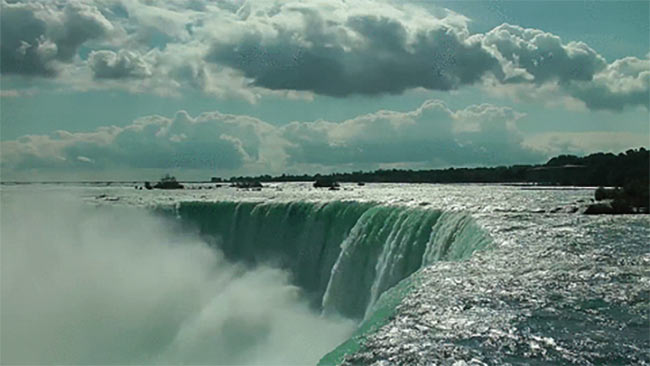(AVSS 2024) 2024 IEEE International Conference on Advanced Video and Signal-Based Surveillance
Date: 15-16 July 2024
Location: Niagara Falls, Canada

Date: 15-16 July 2024
Location: Niagara Falls, Canada
The modeling of time-varying graph signals as stationary time-vertex stochastic processes permits the inference of missing signal values by efficiently employing the correlation patterns of the process across different graph nodes and time instants. In this study, we propose an algorithm for computing graph autoregressive moving average (graph ARMA) processes based on learning the joint time-vertex power spectral density of the process from its incomplete realizations for the task of signal interpolation.
Conventional beamforming methods for intelligent reflecting surfaces (IRSs) or reconfigurable intelligent surfaces (RISs) typically entail the full channel state information (CSI). However, the computational cost of channel acquisition soars exponentially with the number of IRSs. To bypass this difficulty, we propose a novel strategy called blind beamforming that coordinates multiple IRSs by means of statistics without knowing CSI.
Algorithmic solutions for multi-object tracking (MOT) are a key enabler for applications in autonomous navigation and applied ocean sciences. State-of-the-art MOT methods fully rely on a statistical model and typically use preprocessed sensor data as measurements. In particular, measurements are produced by a detector that extracts potential object locations from the raw sensor data collected at discrete time steps. This preparatory processing step reduces data flow and computational complexity but may result in a loss of information.
This paper proposes an interpretable ensembled seizure detection procedure using electroencephalography (EEG) data, which integrates data driven features and clinical knowledge while being robust against artifacts interference.
This work explores the challenging problems of nonlinear dynamics, nonaffine structures, heterogeneous properties, and deception attack together and proposes a novel distributed model-free adaptive predictive control (DMFAPC) for multiple-input-multiple-output (MIMO) multi-agent systems (MASs). A dynamic linearization method is introduced to address the nonlinear heterogeneous dynamics which is transformed as the unknown parameters in the obtained linear data model.
Representation learning considering high-order relationships in data has recently shown to be advantageous in many applications. The construction of a meaningful hypergraph plays a crucial role in the success of hypergraph-based representation learning methods, which is particularly useful in hypergraph neural networks and hypergraph signal processing.
The Random Dot Product Graph (RDPG) is a generative model for relational data, where nodes are represented via latent vectors in low-dimensional Euclidean space. RDPGs crucially postulate that edge formation probabilities are given by the dot product of the corresponding latent positions. Accordingly, the embedding task of estimating these vectors from an observed graph is typically posed as a low-rank matrix factorization problem.
Instance-level human parsing is aimed at separately partitioning the human body into different semantic parts for each individual, which remains a challenging task due to human appearance/pose variation, occlusion and complex backgrounds. Most state-of-the-art methods follow the “parsing-by-detection” paradigm, which relies on a trained detector to localize persons and then sequentially performs single-person parsing for each person. However, this paradigm is closely related to the detector, and the runtime is proportional to the number of persons in an image.
Pedestrian attribute recognition (PAR) aims to generate a structured description of pedestrians and plays an important role in surveillance. Current work focusing on 2D images can achieve decent performance when there is no variation in the captured pedestrian orientation. However, the performance of these works cannot be maintained in scenarios when the orientation of pedestrians is ignored.